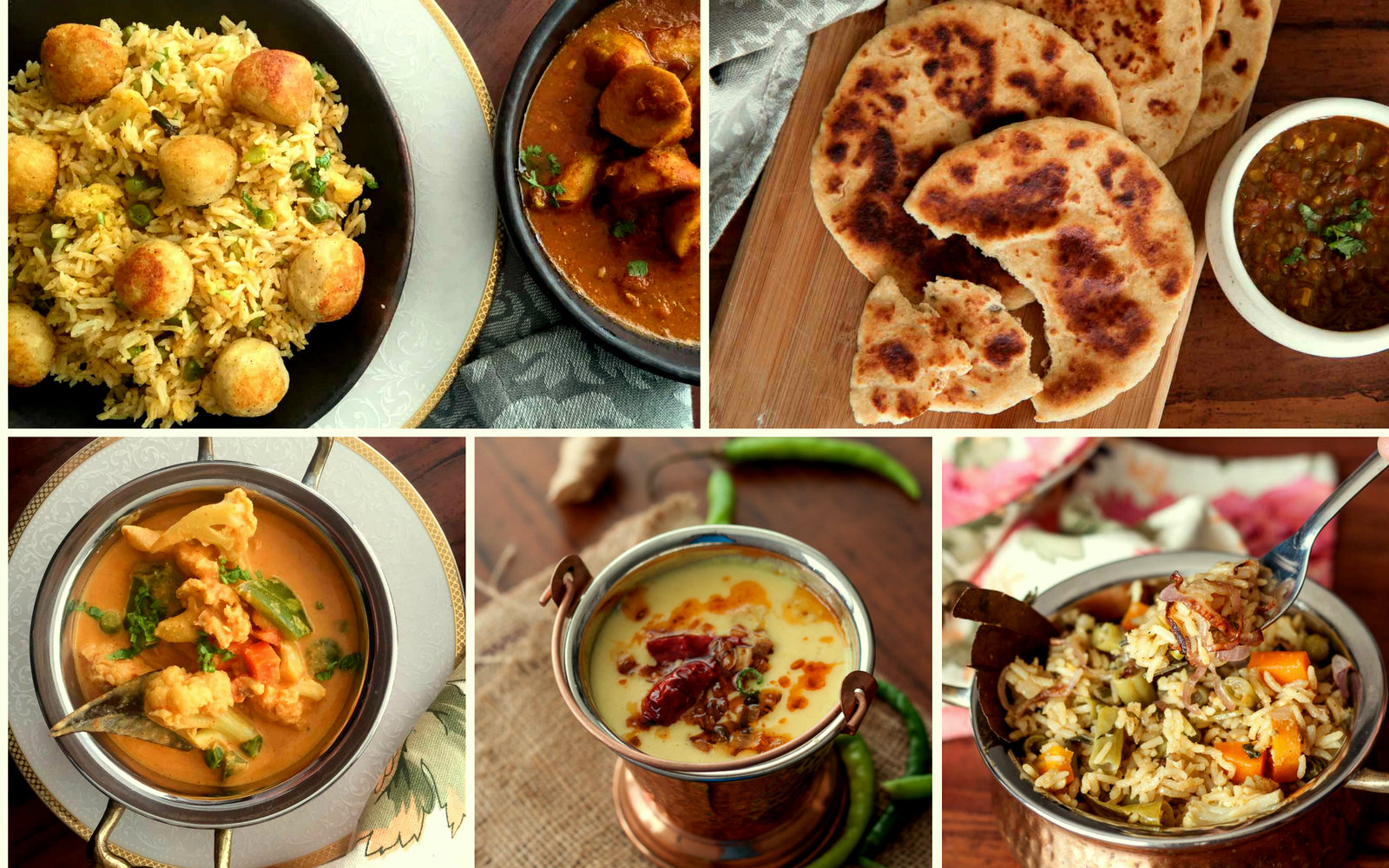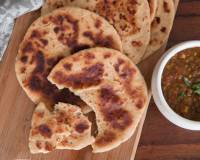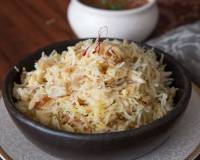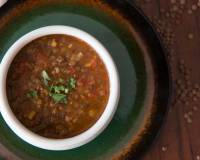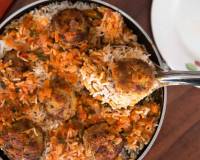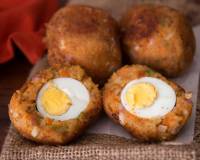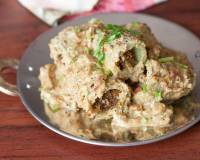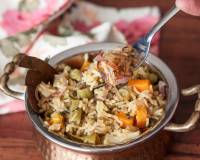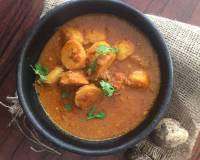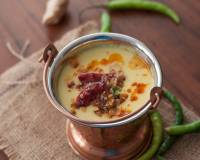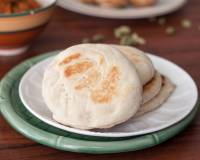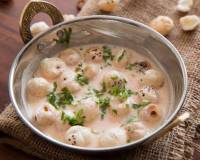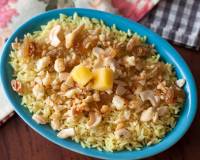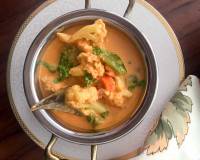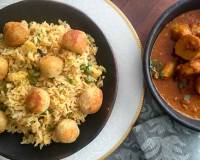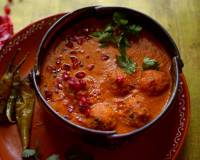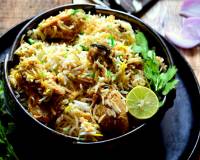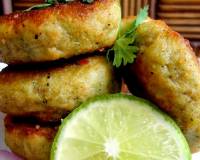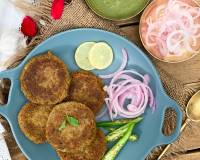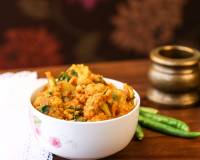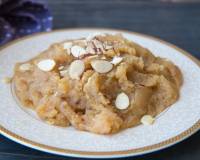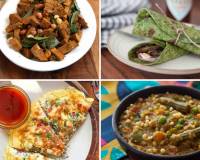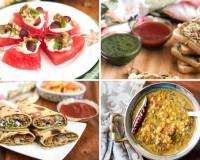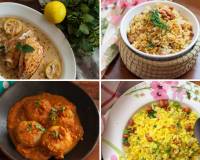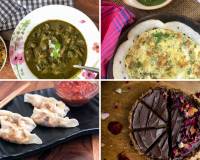A search for the true Awadhi cuisine gives us an insight knowledge about the rich cultural standards that was being followed from generation to generation. The Awadhi cuisine marks the beginning of the modern era of Indian cooking. So far we have believed that the modern cooking techniques were just recently been introduced but it is found that these techniques already existed over the years.
As we dig deep into the Awadhi cuisine we discover the Characteristic taste and flavors of this region, this will make you recreate the authentic flavors of the Awadhi cuisine at your kitchen to be relished by your loved ones. It is often mistaken that Mughlai cuisine is Awadhi but it is not, Awadhi cuisine may have a slight influence from Mughal but both the cuisine varies.
Lucknow, the capital of the state of Uttar Pradesh is the land of origin for Awadhi Cuisine. In the early stages, the British termed Awadh as “oudh” which was derived from “Ayodhya”, a region in the state of Uttar Pradesh. It was ruled by many rulers but the history was made during the reign of “Nawab of Awadh“. One among the known rulers who began to change the Lucknow into a city of culture and enhance its cuisine was “Nawab Asaf-Ud-Daulah”.During his time is when they had gastronome of cuisine and many cooks began to arrive. During those days the cooks were called as “Bawarchis” who were brilliant at what they do. There was even a time where cooks used to compete with each other to show their culinary skills by providing with a wide variety of food to please their Masters.
When the British rule started to dominate and take over the kingdom of Nawab, the Awadh stood strong and their legacy continued. They carefully perished their arts, buildings and most importantly the cuisine continues to live on until today.
Dastarkhwan is where people sit around and enjoy the food prepared by the bawarchis, this is the place dining spread is laid ceremonially and it is a customary to share food in Awadhi. It is said that the richness of Awadh cuisine not only lies on the variety but the type of ingredient used to make the dish.
Some of their authentic cooking techniques include:
Ghee Durust Karna : This is a process of tempering ghee with kewra water and cardamom pods so that aromatic ghee is used for various purposes.
Dhungar : A quick smoking techniques used to flavor meat dishes, dals, and rice. A live coal is placed in the center of a betel leaf or shallow onion peel and placed along with the other ingredients to smoke it.
Dum dena : A slow cooking process commonly called as “Dum cooking” wherein a semi-cooked ingredient is placed in a vessel and sealed with a lid covered with a flour dough. Charcoal is used for cooking.
Gile Hikmat : A Persian influenced method where the whole meat is stuffed with nuts and spices and it is wrapped using a banana leaf, covered with a clay and buried deep about 4-6 inches deep, a slow fire is then placed on top for cooking. It is cooked for about 8 to 6 hours.
Loab : This is the final stage of cooking, wherein the oil used while cooking the dish rises on top and gets separated.
Ittr : Using perfume in many dishes is the key factor in Awadhi cuisine, mainly they use perfume taken from the musk deer.
We have incorporated few of the authentic Awadhi recipes that you would love to try it at your Kitchen, few of these recipes have been created and done the same away as it was prepared in those times and few have been modified by adding extra ingredients. Enjoy a wholesome Awadh meal at your place.


